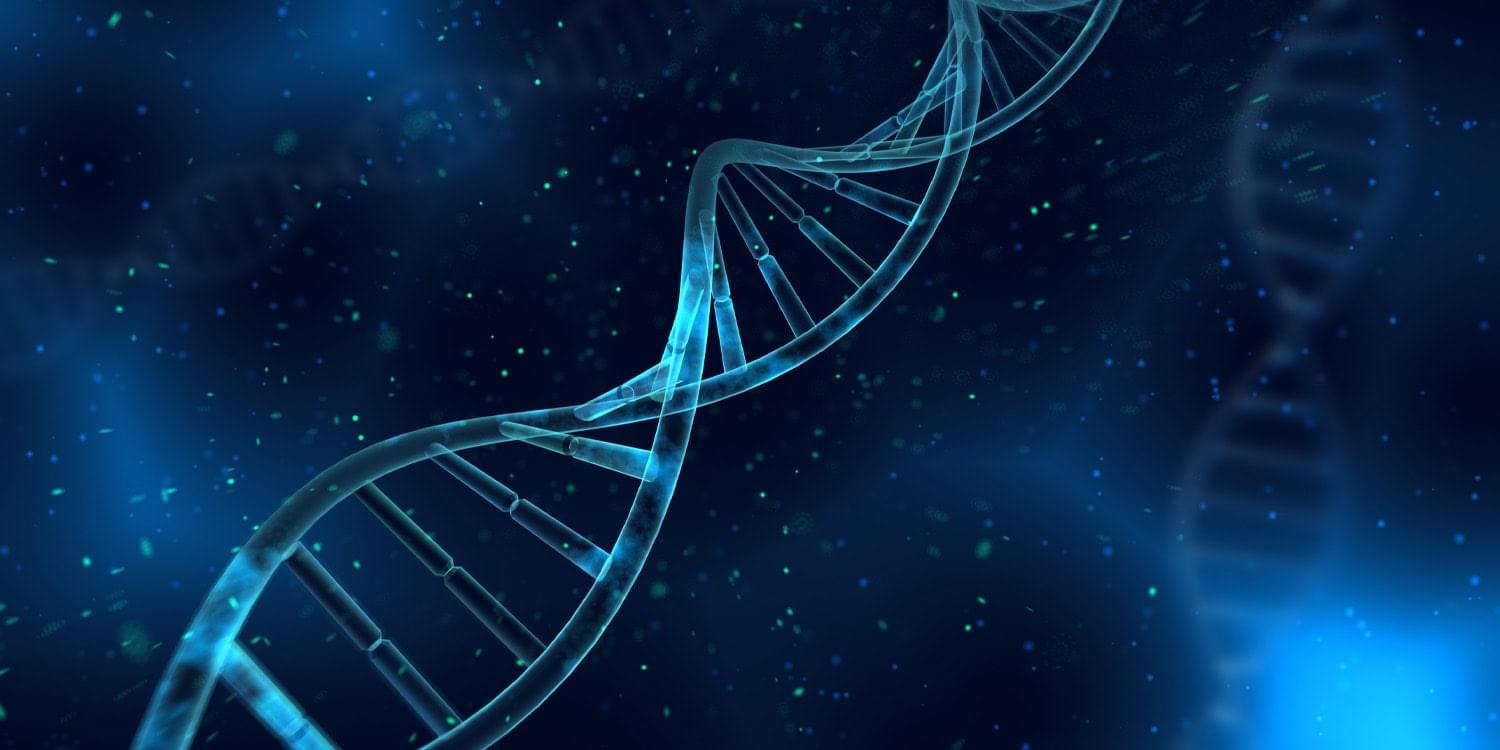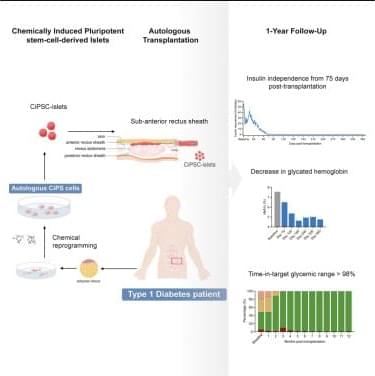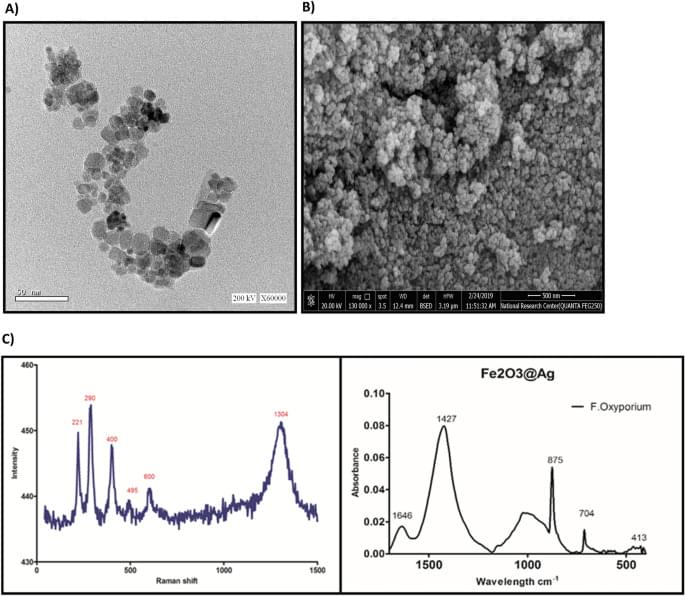The motivation behind the new study was to address these gaps in our understanding by leveraging the power of large-scale data. The researchers recognized that investigating the connection between genetic predisposition to dyslexia and brain structure in a very large sample could provide more robust and reliable insights than smaller, more traditional studies. They aimed to identify specific brain regions and white matter tracts that are associated with genetic risk for dyslexia, and to explore whether different genetic variants might influence distinct neural pathways.
“Thirty-five genetic variants that influence the chance of having dyslexia were already known from a very large study by the company 23andMe in the USA, carried out in over one million people. However, that study did not include brain MRI data. The new aspect of our study was to investigate the genetic variants in relation to brain structure in MRI data from thousands of people,” explained Clyde Francks (@clydefrancks), a professor at the Max Planck Institute for Psycholinguistics in Nijmegen and senior author of the study.
The researchers used two large datasets: the genetic data 23andMe and brain imaging data from over 30,000 adults in the UK Biobank. The 23andMe dataset helped identify genetic variants associated with dyslexia by comparing individuals who reported a dyslexia diagnosis to those who did not. These genetic variants were then used to calculate “polygenic scores” for individuals in the UK Biobank, reflecting their genetic predisposition to dyslexia.





